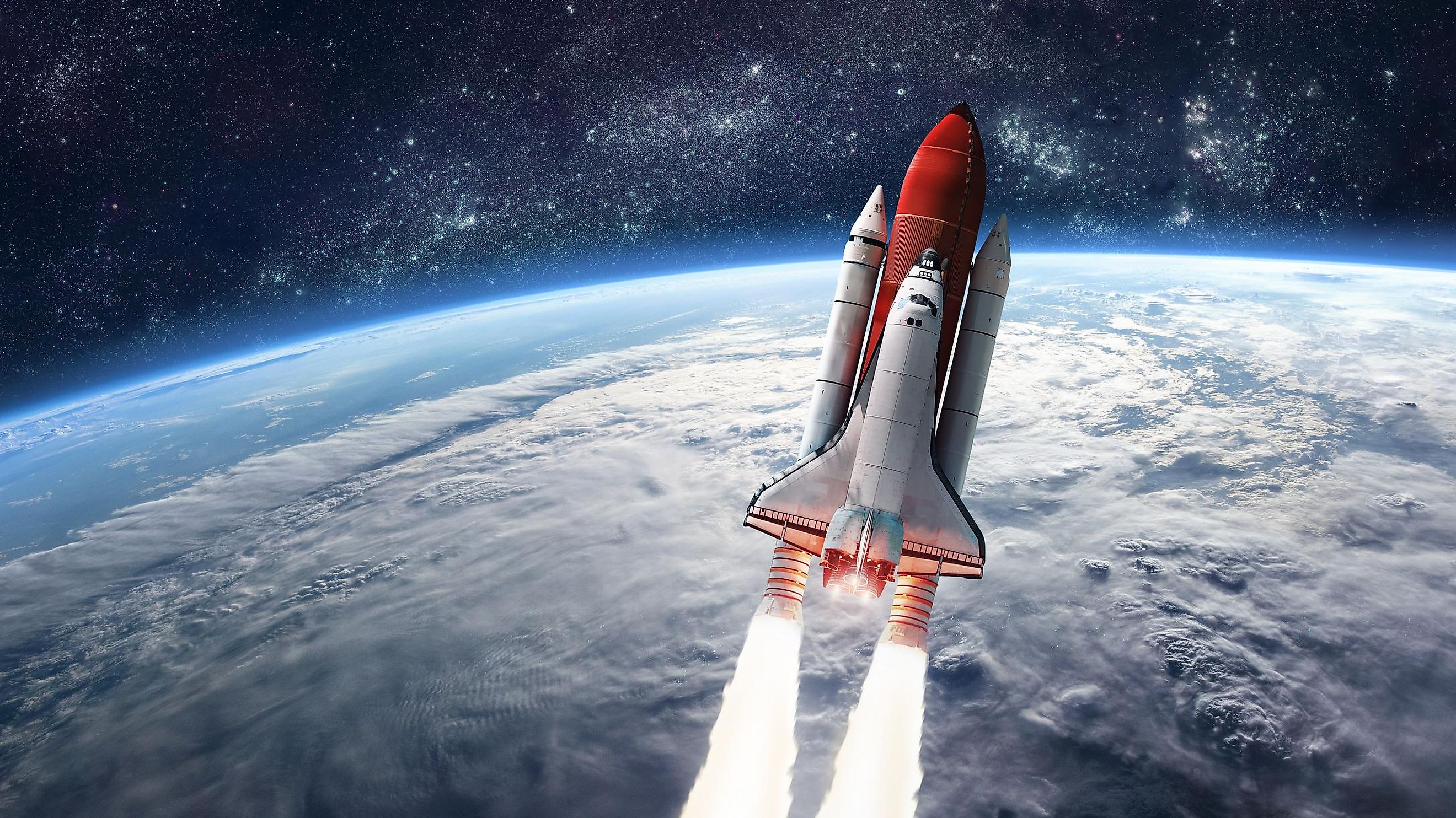
How Long Would It Take To Travel To Each Planet?
Our solar system is home to eight individual planets. Moving outwards from the sun, they are Mercury, Venus, Earth, Mars, Jupiter, Saturn, Uranus, and Neptune. Some of these worlds are far closer than others, and the time it would take to travel to each planet is different for every one of them. Just how long would it take to travel to each planet?
Mercury and Venus
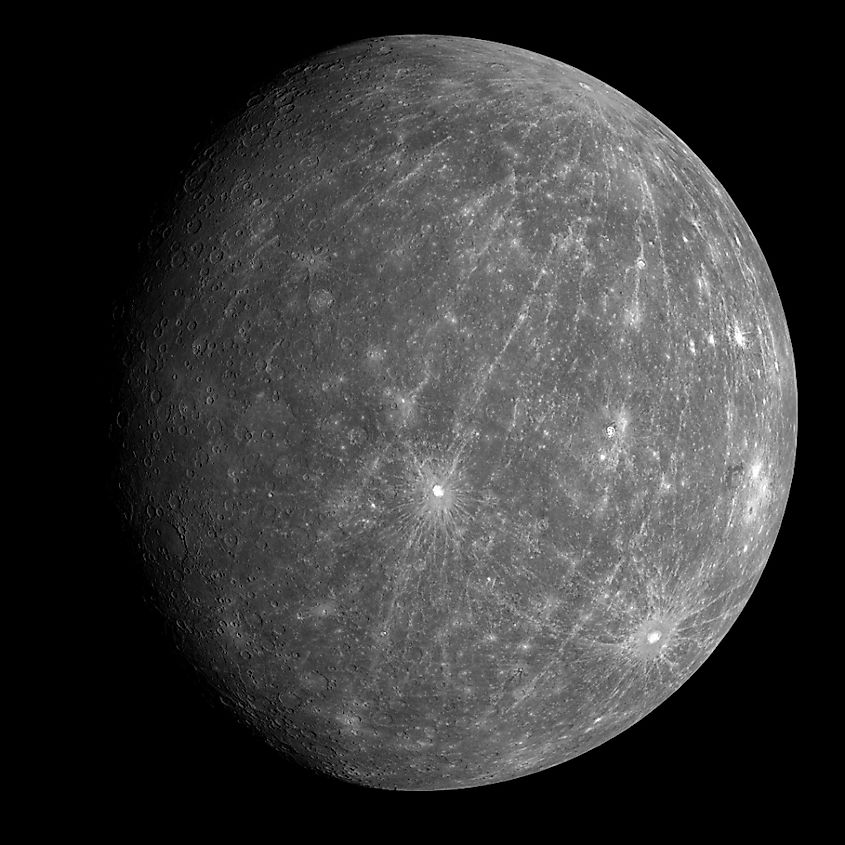
How long it would take to travel to the planets is dependent upon a number of factors, such as the route you take, the spacecraft you use, and where the planets are located in their respective orbits. To simplify things, we will assume that the route you take is a direct one and that the planets are at their closest approach to one another. Furthermore, we will assume that any spacecraft we use to travel to the planets is as fast as the New Horizons spacecraft, which happens to be one of the fastest human-made objects ever built. At its fastest, New Horizons reached a speed of about 50,000-miles per hour (80,000-kilometres per hour). Since Mercury and Venus are the closest planets to Earth, the time it would take to travel to them will be the shortest. At its closest approach, Mercury is about 48-million miles (77-million kilometres) from Earth. To calculate time, we simply divide distance by velocity, so in this case we divide 48-million miles by 50,000-miles per hour, giving us 960-hours of travel time. Divide this by 24-hours, and we get the number of days it would take to get to Mercury, which ends up being 40-days. When Venus is at its closest approach to Earth, it is about 38-million miles (61-million kilometres) away, and so it would take about 32-days to get to Venus.
Mars
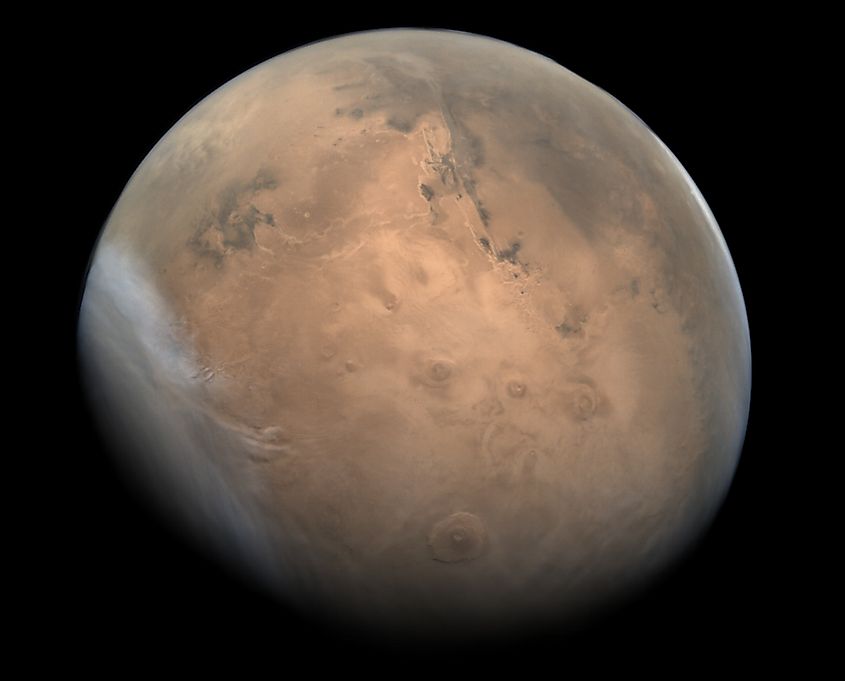
Mars is the most frequently visited planet in our solar system. While humans have yet to land on the Martian surface, space agencies have sent a number of rovers, landers, and satellites to study the Red Planet. During its closest approach, Mars is about 51-million miles (82-million kilometres) away from Earth. Moving at a speed of 50,000-miles per hour, it would take you about 42.5-days to reach Mars.
Jupiter and Saturn
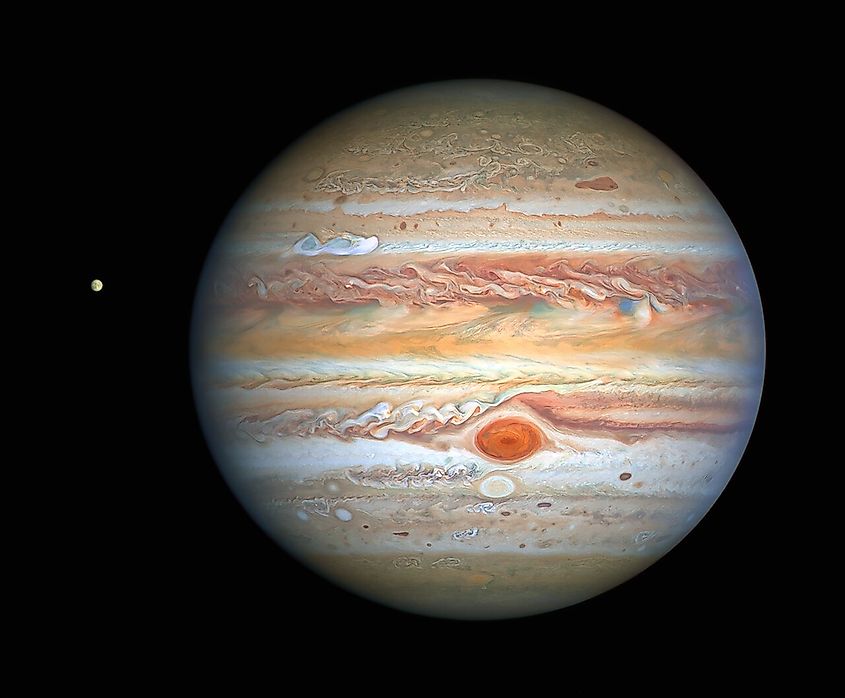
Beyond the orbit of Mars is the realm of the gas giants. Beyond Mars, the gas giants are much further away than their rocky counterparts. Jupiter is the closest gas giant to Earth, yet even at its closest approach it is still 367-million miles (590-million kilometres) away from our world. At this distance and moving at a speed of 50,000-miles per hour, it would take you 306-days to reach Jupiter. Saturn, meanwhile, is much further away than even Jupiter. At its closest approach to Earth, Saturn is 746-million miles (1.2-billion kilometres) away. At this distance, it would take you 622-days or 1.7-years to reach Saturn.
Uranus and Neptune
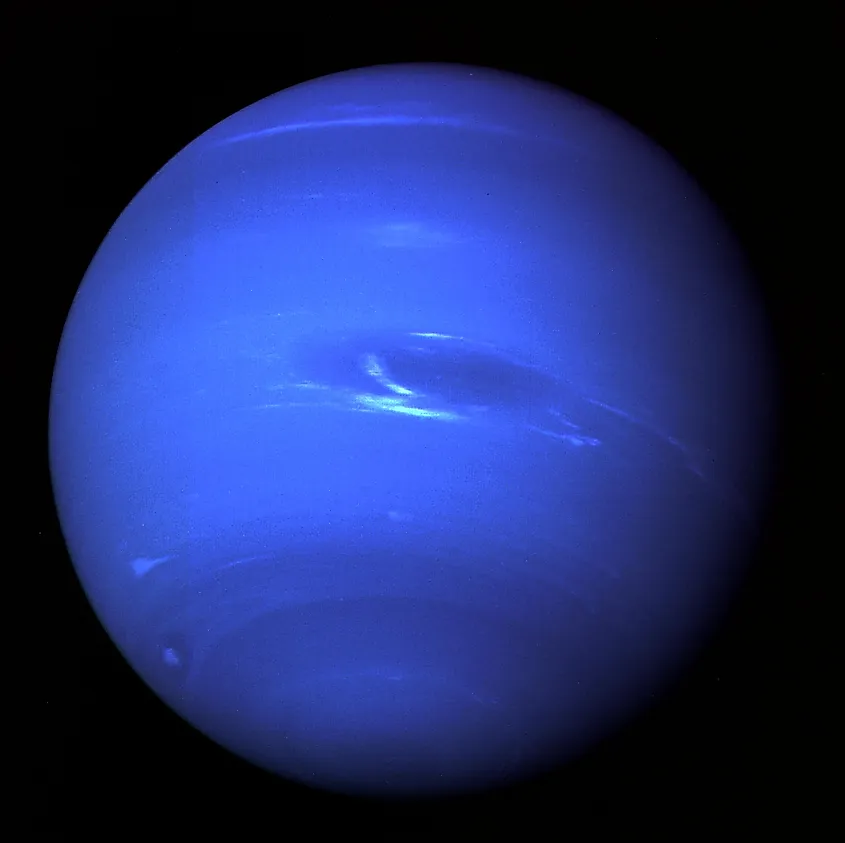
Beyond Jupiter and Saturn are the two outermost planets of our solar system, Uranus and Neptune. These two worlds are so far away from us that they are the only two planets not visible to the naked eye. At its closest approach to the Earth, Uranus is located a staggering 1.7-billion miles (2.7-billion kilometres) away. Travelling in a spacecraft moving at 50,000-miles per hour, it would take you 1,416-days or 3.88-years to reach Uranus. When Neptune is at its closest approach, the distance between Earth and Neptune is 2.7-billion miles (4.3-billion kilometres), and so it would take 2,250-days or 6.16-years.
Planetary Travel Time
| Planet | Distance at Closest Approach | Travel Time (Speed of 50,000-miles per hour) |
|---|---|---|
|
Mercury |
48-million miles |
40-days |
|
Venus |
38-million miles |
32-days |
|
Mars |
51-million miles |
42.5-days |
|
Jupiter |
367-million miles |
306-days |
|
Saturn |
746-million miles |
622-days |
|
Uranus |
1.7-billion miles |
1,416-days |
|
Neptune |
2.7-billion miles |
2,250-days |











